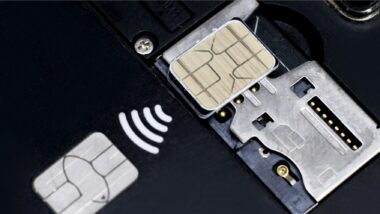Widespread smartphone penetration in developing countries has been on the rise whatever the country or the operator. Consequently, a fierce battle has started between smartphone manufacturers to commercialize low-cost handsets; for example, Android announced in H2 2014 its Android One Initiative, then Mozilla announced its intention to launch a $33 Firefox OS 2G-only mobile phone to address the Indian mobile market specifically.
But, it’s important we remember that owning a smartphone does not necessarily mean you people use mobile data services. Ask any developing world mobile network operator’s Head of Data the following question: “Out of 100 people owning a smartphone, how many use data services regularly?” …. You’ll often get an embarrassed, evasive -if not wrong- answer. Simply because it’s one of the taboos of the mobile industry. It’s rare that operators admit the reality publicly. Smart Philippines did, and revealed that only 25% of their smartphone owners use data services. As a result, you wouldn’t be wrong in guessing that, in the developing world, only 20 to 25% of smartphones or data-enabled phones owners do use their mobiles for internet access. So, engaging people on smartphone data services is clearly a big frontier for our industry.
The first reason for this low data mobile usage often starts with pricey data, perceived as a barrier to Internet access in developing countries. Ongoing competition between carriers should solve this issue.
Another reason is user behavior: people who’ve owned a basic phone for years -and are moving to an inexpensive mobile data phone – are not fully aware of how to use a handset browser, or how to make the most of smartphone apps.
Put differently, operators have to deal with offering Value Added Services on new devices that are in-line with users’ habits of using services on basic phones, i.e. text-only and black & white. But with the intention of migrating them to mobile data.
So, how can we address these two requirements (getting more data users while educating them to data services)? Is there a way to kill two birds with one stone? Operators have widely adopted collaboration schemes with OTT giants. You won’t find a single carrier that has not launched a WhatsApp or FB special offer yet. At Gemalto, we brought our contribution to that challenge by designing Facebook for SIM. On one hand, it provides a mobile interactive text version of Facebook that works on any handset – and on the other hand, it helps to increase the data usage of the Internet-enabled phones.
The results speak by themselves: out of 100 people successfully creating their Facebook account from this SMS-based app, 22% migrated to mobile data after only 30 days – thanks to a built-in mechanism helping users get more familiar with the handset’s browser. Surprisingly, this figure goes up to 100% for users with 20 friends or more in the Facebook community!
The Chinese philosopher Laozi used to say that a journey of a thousand miles begins with a single step. The transition to mobile data for everyone across developing countries is a long journey, but significant first steps are being made.


